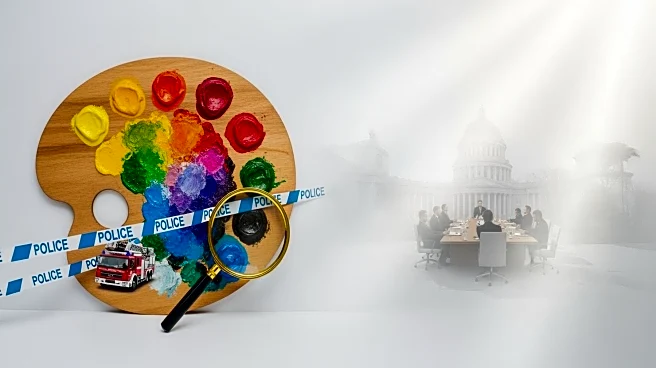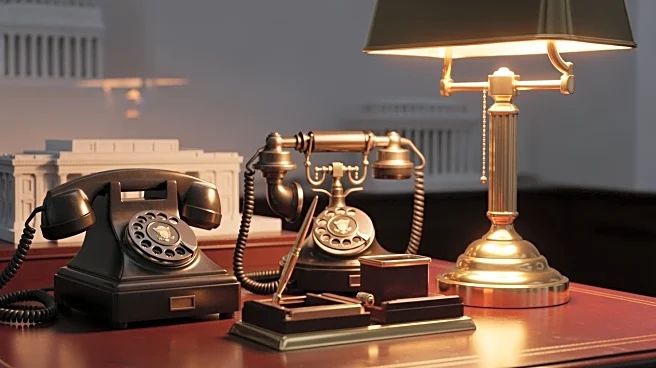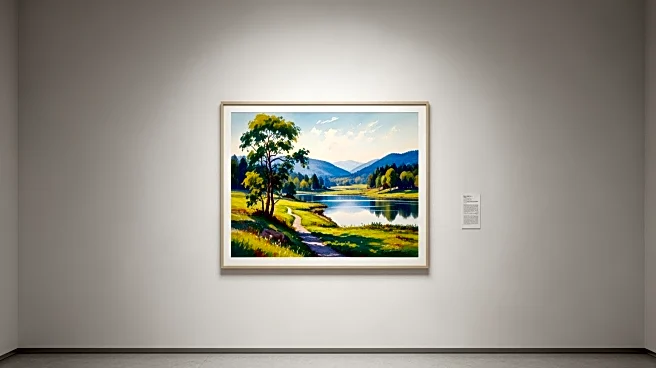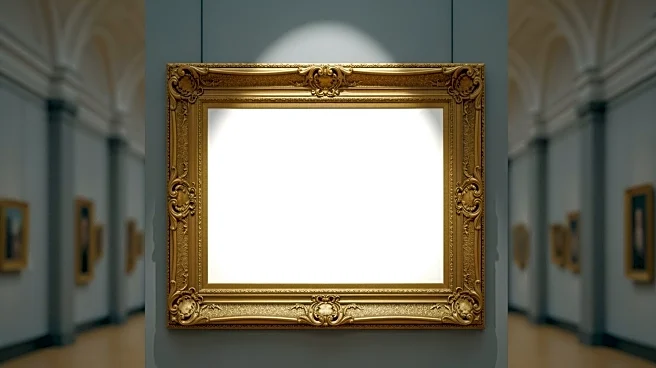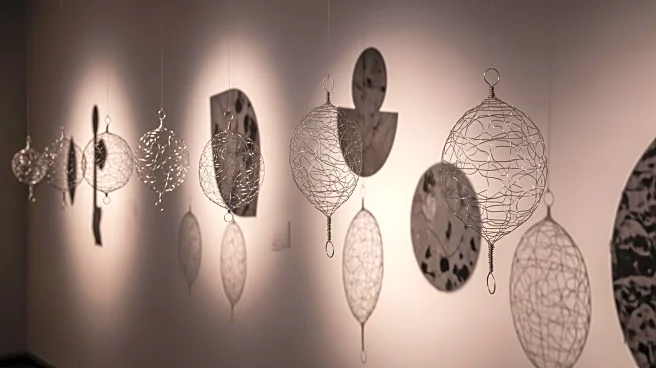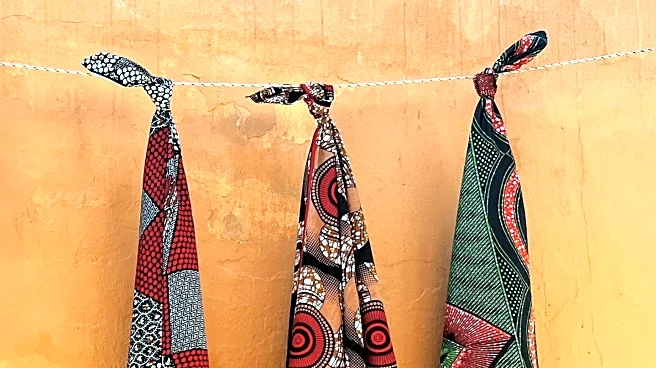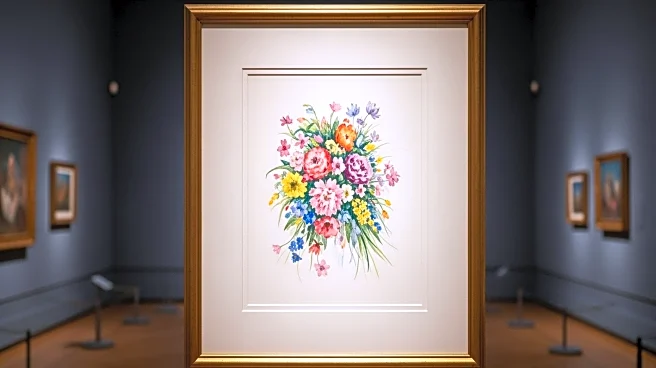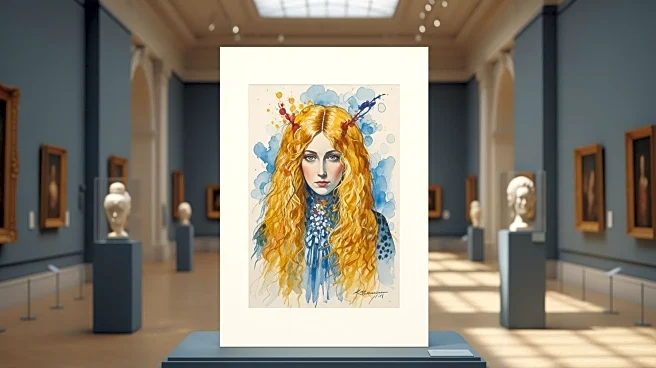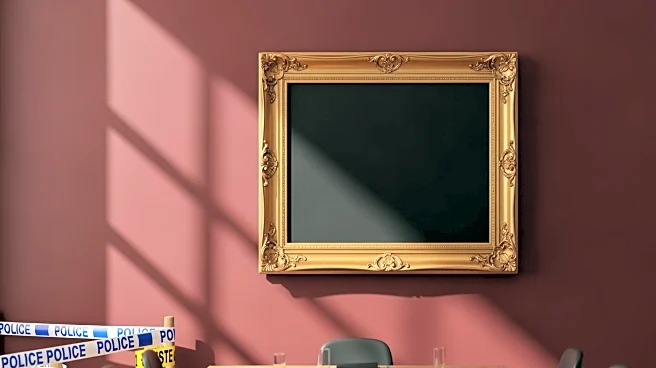What's Happening?
The Kunstmuseum Basel has concluded that Paul Gauguin's final self-portrait is authentic, despite allegations of forgery. The museum's investigation was prompted by claims from researcher Fabrice Fourmanoir,
who suggested the painting was created in 1916, 13 years after Gauguin's death, by his Vietnamese friend Nguyen Van Cam. The museum's technical analysis revealed retouching on the portrait, using titanium white pigment, which was not available until 1918. This retouching was visible under ultraviolet light and was completed by 1926. Despite these findings, the museum maintains the painting's attribution to Gauguin, noting that the retouching does not detract from its authenticity. The Wildenstein Plattner Institute also confirmed the attribution after examining the painting.
Why It's Important?
The confirmation of the painting's authenticity is significant for art historians and collectors, as it impacts the perception of Gauguin's work and legacy. The retouching controversy highlights the complexities of art authentication and the importance of technical analysis in verifying historical artworks. This decision may influence the market value of Gauguin's works and affect future exhibitions and studies of his oeuvre. The museum's findings also underscore the role of provenance in art history, tracing the painting's journey from Gauguin to its current location in Basel.
What's Next?
The Kunstmuseum Basel plans to keep the retouched self-portrait in its permanent collection display, acknowledging the retouching as part of the painting's history. There are no plans to remove the retouches, as they are considered integral to the artwork's narrative. The museum's decision may prompt further scholarly debate on the ethics of art restoration and the preservation of historical artworks. Additionally, the findings could lead to increased interest in Gauguin's works, potentially influencing future exhibitions and research.
Beyond the Headlines
The controversy surrounding the retouching of Gauguin's self-portrait raises ethical questions about the restoration of artworks and the preservation of an artist's original intent. It also highlights the cultural significance of Gauguin's work, which continues to shape perceptions of post-impressionist art. The museum's decision to retain the retouches reflects a broader trend in art conservation, where historical modifications are preserved to maintain the artwork's integrity and narrative.
